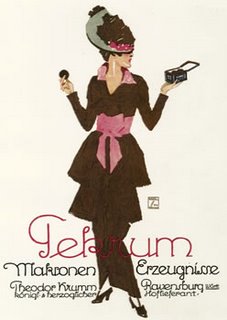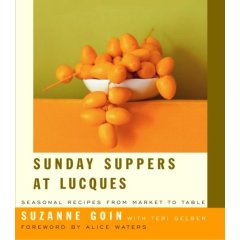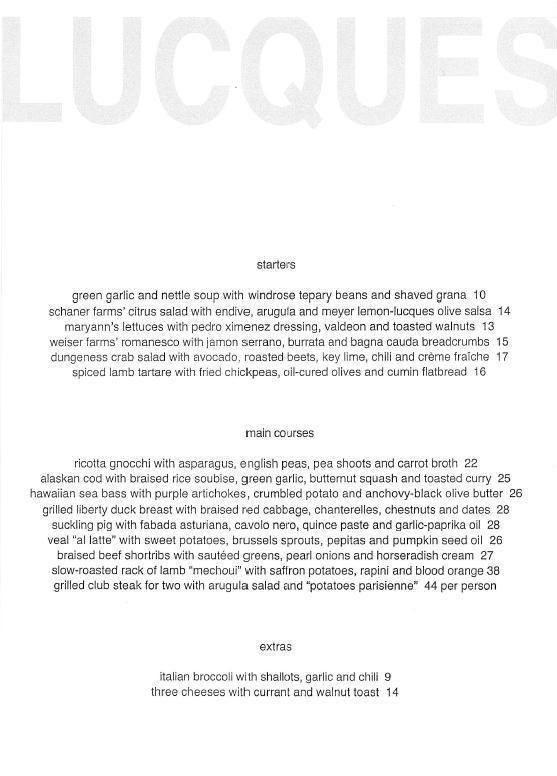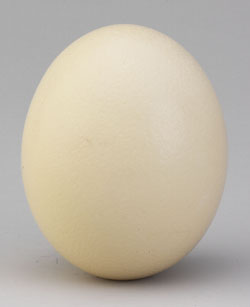Blue Bottle Coffee Co.
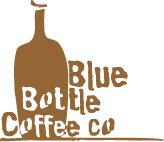 If I ever move away from Northern California, the single thing I will miss the most is quick and easy access to the Funky. Growing up, it didn’t take me very long to realize that my family used that word more liberally than the rest of the block. One or two raised eyebrows of other parents as the word belted out from my sister or I and a few brief looks of confused, semi-shock from school friends at the sound of it breaking from my Dad, and I subtly realized that this bit of vocabulary leaned toward abnormal.
If I ever move away from Northern California, the single thing I will miss the most is quick and easy access to the Funky. Growing up, it didn’t take me very long to realize that my family used that word more liberally than the rest of the block. One or two raised eyebrows of other parents as the word belted out from my sister or I and a few brief looks of confused, semi-shock from school friends at the sound of it breaking from my Dad, and I subtly realized that this bit of vocabulary leaned toward abnormal.To us, funky was beyond “different”—it meant eclectic, fascinatingly obscure, admirable. If something easily discounted as distasteful was instead deemed funky by one of us, the other three automatically gave it a greater sense of worth and dutifully scrutinized it in defense or debate of its so-called funkiness. Our family spent much time discovering many of the communities around the Bay together. From Mendocino to Monterey, we day-tripped to meet vendors of little shops selling feathers and sea shells, architectural books, antique furnishings, artisan foods, hand-dyed ribbons, one-of-a-kind treasures—and, as one merchant to this day describes her offerings, a “mysterious accumulation of the weird and wonderful.”
Now that the rest of my family has moved to SoCal, I’ve taken it upon myself to keep up the tradition of weekend wandering—partially out of habit, and partially because it’s great fun to dangle some tidbit story in front of them about an interesting new spot, when all they have in return is a recent article ranking Kentucky Fried as the #1 spot to eat chicken in Orange County. So, eat up you three…
When it comes to coffee, what can get more funky than a store front on the back alley of Hayes Street in SF? Roll-up the metal garage door and step up to Blue Bottle’s coffee bar. It may block your way to work, if you’ve come to build furniture in the woodshop filling the rest of the space, but for the rest of us, it’s artisan micro-roasting at it’s finest, not to mention the best latté in San Francisco (complete with steamed milk leaf décor).
Below, an excerpt from www.bluebottlecoffee.net:
The Story of Blue Bottle Coffee CompanyIn the late 1600s, the Turkish army swept across much of Eastern and Central Europe, arriving at Vienna in 1683. Besieged and desperate, the Viennese needed an emissary who could pass through Turkish lines to get a message to the nearby Polish troops. Franz George Kolshitsky, who spoke Turkish and Arabic, took on the assignment disguised in a Turkish uniform. After many perilous close calls, Kolshitsky completed his valiant deed, returning to give the Viennese the news of the Poles' imminent rescue of their city. On September 13, the Turks were repelled from Vienna, leaving everything they brought: camels, tents, honey, and strange bags of beans which were thought to be camel feed. Kolshitsky, having lived in the Arab world for several years, knew these were bags of coffee. Using the money bestowed on him by the mayor of Vienna for his heroic deed, Kolshitsky bought the Turks' coffee, opened Central Europe's first coffee house (The Blue Bottle), and brought coffee to a grateful Vienna.
319 years later, in Oakland, California, a slightly disaffected freelance musician and coffee lunatic, weary of the grande eggnog latte, and the double skim pumpkin-pie macchiato, decides to open a roaster for people who are clamoring for the actual taste of freshly roasted coffee. Using a miniscule six-pound batch roaster, he makes an historic vow: "I will only sell coffee less than 48 hours out of the roaster to my customers, so they may enjoy coffee at its peak of flavor. I will only use the finest organic, and pesticide-free, shade-grown beans. If they can't come to me, I will drive to their house to give them the freshest coffee they have ever tasted." In honor of Kolshitsky's heroics, he names his business The Blue Bottle Coffee Company, and begins another chapter in the history of superlative coffee.
(yeah, that's funky).
